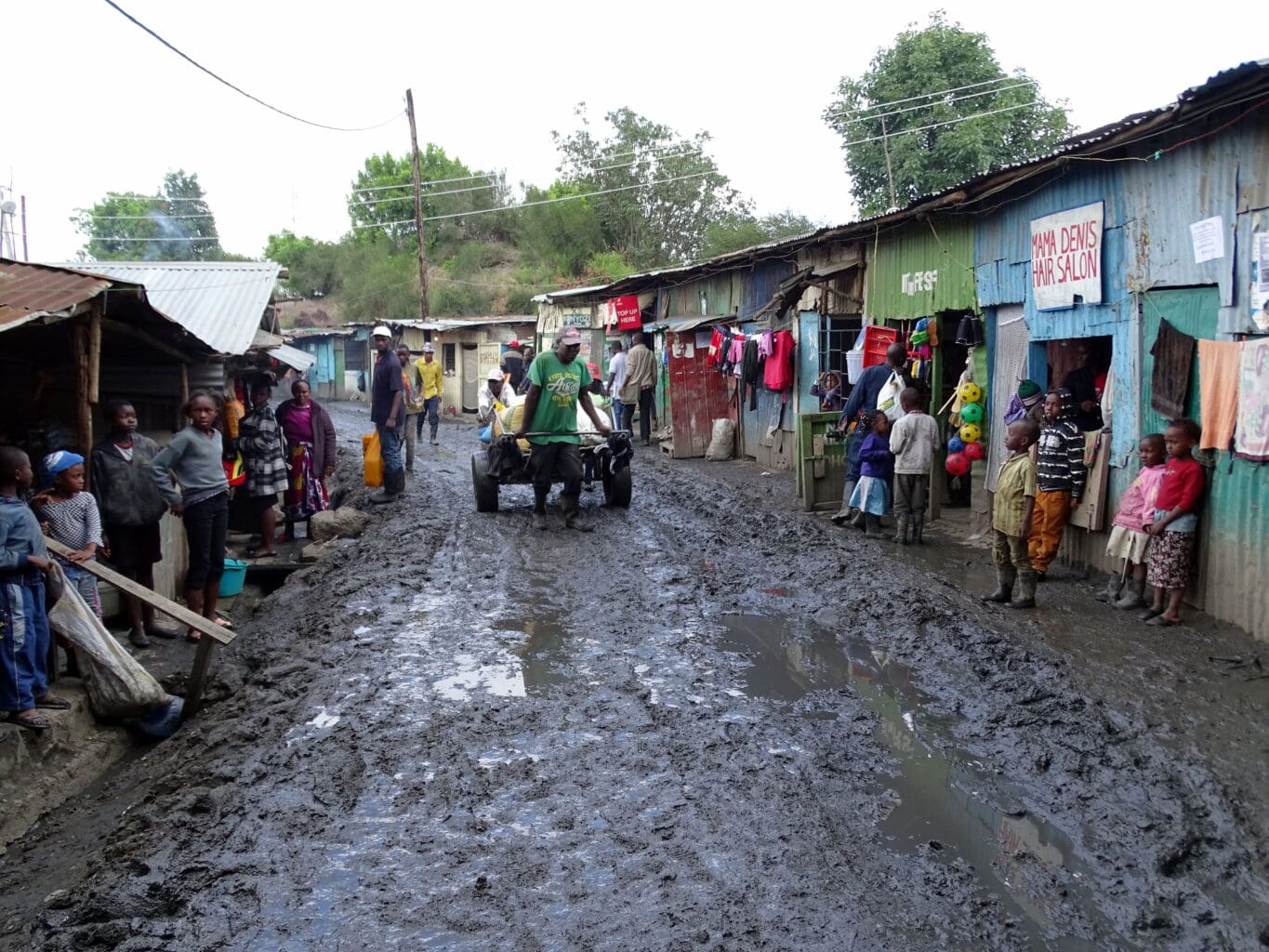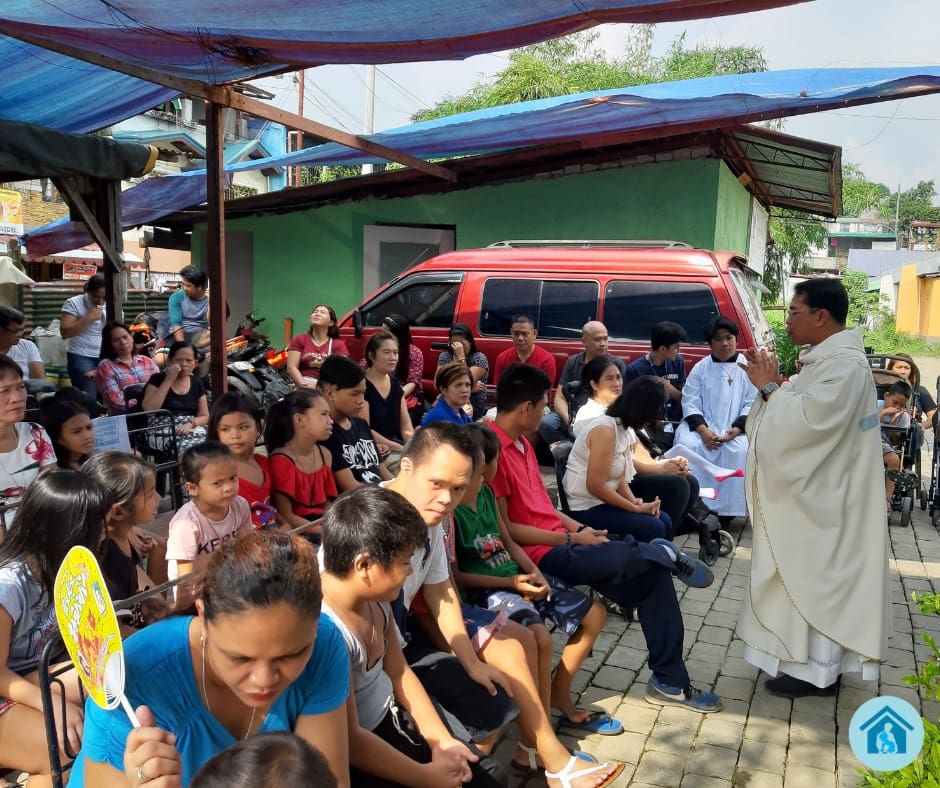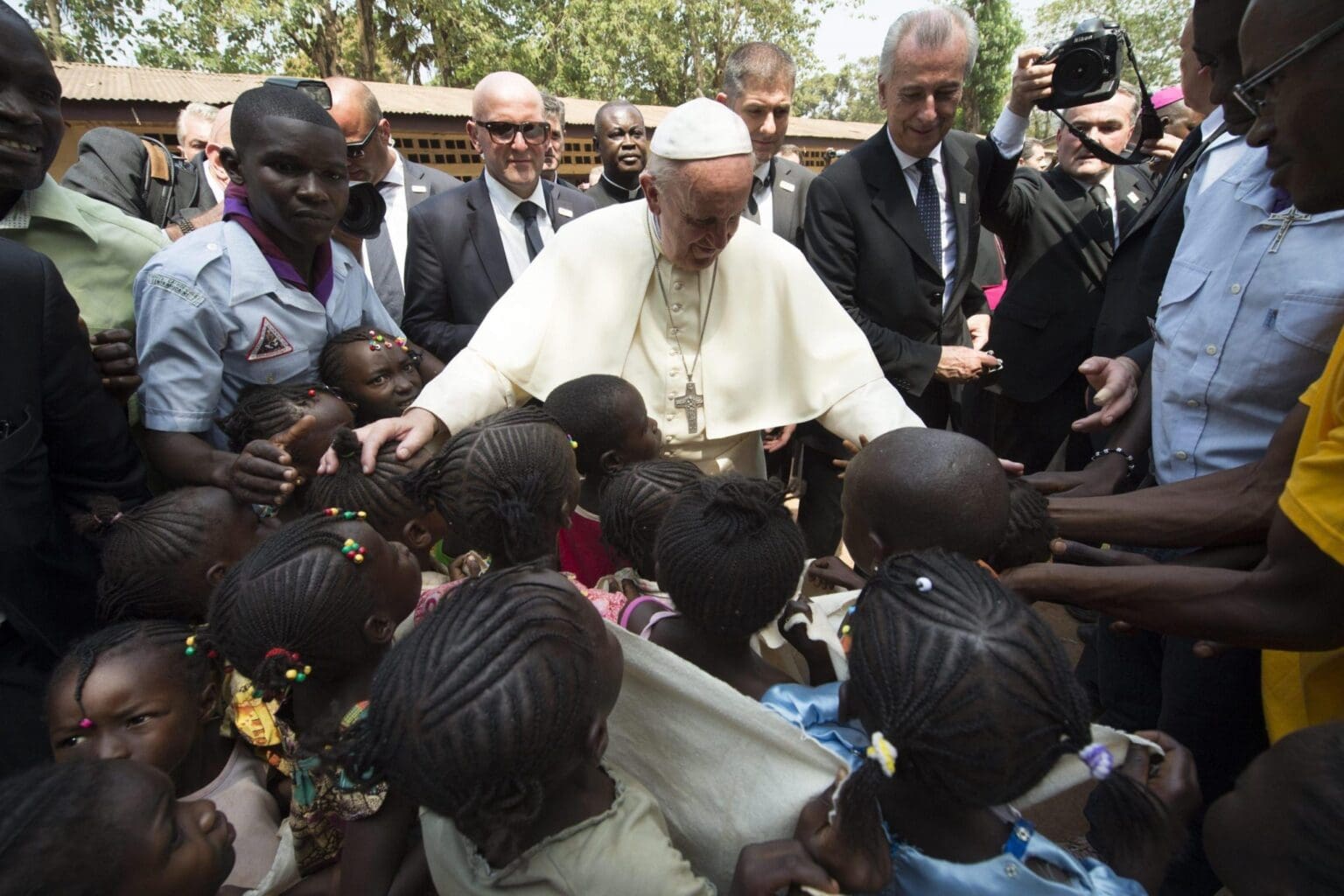Over the past two years, the Vincentian Family’s annual theme has focused on forced displacement and street homelessness. For 2020, we are focusing on slum dwellers. We refer you to our briefing paper, which outlines in greater detail the problem of slum dwelling and suggested strategies for overcoming it.
The following contains;
- The scale of the problem of slum dwelling
- The human cost of slum dwelling
- Why slum dwelling is a form of homelessness
- Scripture & slum dwelling
- St. Vincent de Paul & slum dwelling
- Pope Francis & slum dwelling
- A reflection and prayer
We encourage you to use this document to learn about, reflect upon, and continue to serve our brothers and sisters who are living in destitute circumstances in slums. You can download it in PDF here.
The statistics
- 1 in 7 people on the planet currently live in a slum.
- 1 in every 4 people will live in a slum by 2030, according to current estimates.
- 1 in 3 urban residents in developing countries live in slums.
- In some countries, as much as 90% of the urban population live in slums. Slums represent one of the main types of housing in many growing urban cities such as Nairobi, New Delhi and Manila.
Source for all: https://www.habitatforhumanity.org.uk/what-we-do/slum-rehabilitation/what-is-a-slum/

The reality of living in a slum
Families living in slums lack the crucial conditions they need to live with dignity and thrive as human beings. Residents must contend with hazards to their health and wellbeing, an ongoing threat of violence, and few opportunities to change their situation.
Health & well-being
Slums are not connected to essential services such as clean water, sanitation and hygiene facilities. Residents are, therefore, at significant risk of contracting water-borne and respiratory diseases.
Along with being densely populated, the lack of proper toilets and the proximity of homes allows disease to spread rapidly. In addition, the large populations who reside in slums often lack access to adequate health facilities and so cannot be treated quickly.
Safety & violence
It is difficult for emergency and law enforcement vehicles to navigate through slums due to the winding and narrow pathways and few signs. As a result, responding to crime and providing emergency health services proves challenging.
Many of the shelters built by slum dwellers are structurally unsound. In addition, the turbulent weather that occurs in many countries with a high percentage of slums means that floods, fires and landslides only exacerbate the dangers presented by weak shelters.
Perpetuating the cycle of poverty
High levels of illness in slums mean that children are often expected to take on more responsibilities within families and are thus prevented from attending school. Even if children do manage to attend school, they have much lower performance rates and much higher dropout rates. One reason for this is the lack of space and light for them to do their homework.
Workers are often marginalised from the formal economy. The lack of an official address is an obstacle to gaining employment. Working in the black market only exacerbates slum dwellers’ situation by making them more vulnerable to exploitation.
Slum dwelling & homelessness
Around the world, definitions of homelessness have been varied and conflicted. The dialogue surrounding homelessness has often begun from an inherently Western perspective and mainly focused on street homelessness.
The Institute of Global Homelessness (IGH) has its roots in the Vincentian Family and is a partnership between Depaul International and Depaul University. In 2015, they developed a framework that more accurately reflected the varying experiences of homelessness across the globe. In 2020, the efforts of the IGH secured the first UN resolution on homelessness in more than thirty years. The description of homelessness adopted by the UN is as follows:
“…homelessness is not merely a lack of physical housing, but is often interrelated with poverty, lack of productive employment and access to infrastructure, as well as other social issues that may constitute a loss of family, community and a sense of belonging, and, depending on national context, can be described as a condition where a person or household lacks habitable space, which may compromise their ability to enjoy social relations, and includes people living on the streets, in other open spaces or in buildings not intended for human habitation, people living in temporary accommodation or shelters for the homeless, and, in accordance with national legislation, may include, among others, people living in severely inadequate accommodation without security of tenure and access to basic services”
This achievement will ensure that no one, including slum dwellers, is left behind in global efforts to end homelessness.
Scripture & slum-dwelling
The phrase ‘slum’ does not occur in the Bible, which reflects the historical context in which Jesus lived. Nonetheless, the New Testament consistently references the significance of helping those in need, as well as the importance of having a safe and secure home.
- Isaiah 32:18 “My people will live in peaceful dwelling places, in secure homes, in undisturbed places of rest.”
- Isaiah 58:7 “Is it not to share your bread with the hungry and bring the homeless poor into your house; when you see the naked, to cover him, and not to hide yourself from your own flesh?”
- Matthew 25:42-45 “For I was hungry and you gave me nothing to eat, I was thirsty and you gave me nothing to drink, I was a stranger and you did not invite me in, I needed clothes and you did not clothe me, I was sick and in prison and you did not look after me.” … “Truly I tell you, whatever you did not do for one of the least of these, you did not do for me.”
- Luke 2:7 “And she gave birth to her firstborn son and wrapped him in swaddling cloths and laid him in a manger, because there was no place for them in the inn.”

St Vincent de Paul & slum-dwelling
St Vincent lived during the 17th century, and slums only came into common existence in the 19th century. As such, Vincent himself did not directly work with slum dwellers. Nevertheless, it is clear from his work with the street homeless, refugees, and his provision of education for children, that slum dwellers would have taken priority in his work also.
In 1639, Vincent began his efforts finding lodging and assistance for thousands of displaced men, women and children during the wars in Lorraine. This work went on for ten years and saw Vincent settle and feed thousands of people in destitute circumstances. By 1652, poverty had engulfed Paris. In response, Vincent had set up substantial relief programmes that provided lodgings and soup twice a day for thousands of internally displaced and very poor people. St Vincent also initiated an employment programme of the time, providing people with the tools they needed to continue their trade, such as shoemaking and tailoring.
Vincent’s efforts to create systemic change are further evidenced by his organising of educational programmes for young people living on the streets or in dire conditions. Vincent, along with Louise de Marillac, recognised that if children were to interrupt the cycle of poverty, then they needed to find employment and to do this, they needed to develop skills. Accordingly, the pair founded the “petites écoles” (little schools), and children learnt a variety of skills needed to earn a living, including knitting, sewing, and embroidering.
The dire circumstances found in slums across the globe today would have no doubt deeply troubled Vincent. However, we hope he would have been encouraged by the various Vincentian initiatives that have cropped around the globe seeking to help slum dwellers. For instance, the work of Fr. Pedro Opeka who, over the last three decades, has created the Akamasoa project in Madagascar, which has helped over 500,000 people living in slums. Similarly, in Manila, the Congregation of the Mission, along with parish volunteers, serve hundreds of slum dwellers food each week; often the only hot meal that they will have.

Pope Francis & slum-dwelling
Before his election to the papacy, Pope Francis, or Jorge Bergoglio, had earned fame as the ‘slum bishop’. As the archbishop of Buenos Aires, his home city, Francis spent most of his time in Villa 21-24; a slum town in which nearly 50,000 destitute people reside.
Padre Juan Isasmendi, a priest who also works in Villa 21-24, recalls how when Francis was archbishop, they encountered great difficulties in raising funds to distribute to the poor and ensure they had even the most basic necessities to survive. As such, Francis would find food himself. He would go out to one of the bakeries, buy some bread, and bring it back for the children each morning.
He worked tirelessly to find funding for projects in the villas. He also spoke frequently with the villa priests, helping them to resolve the problems of the people in their parishes.
In 2015, Francis visited the Kangemi slum of Nairobi, Kenya. Kangemi is a vast rusted-roof settlement that sees thousands of families forced into iron shacks with scarce means of maintaining an adequate level of hygiene and sanitation. Many families survive on a few dollars a day. Stepping out of his car on a muddy street, he walked aside hundreds of destitute children whose home is the shanties.
Towards the end of his visit, Francis declared the slums to be ‘wounds’ inflicted by the elite. He insisted that “we need integrated cities which belong to everyone”, echoing the FHA’s vision of a world where everyone has a place to call home and a stake in their community.
Throughout his papacy, Pope Francis has preached the importance of tending to the marginalised; a pillar he has held close since his days as archbishop of Buenos Aires.
Reflection
For many of us, slum dwelling can seem a faraway problem. For several countries, it is impossible not to be confronted with the horrors of street homelessness or to be unaware of those who have been forcibly displaced needing to seek refuge in our home towns and cities. However, the existence of slums is a reality that lots of us have the privilege of being ignorant of. We, therefore, invite you to reflect on what the Vincentian Family can do to combat this.
- What could lead to action for slum dwellers?
- How can we generate greater concern on the rapid and projected growth of slums?
- If slums are present in your country, what can you do?
- If slums are not present in your country, what can you do?
- How can we support the empowerment of slum dwellers and ensure they are involved in any solutions?
A prayer for slum dwellers
We pray for those who live crowded in shantytowns,
with paper-thin walls, inadequate sanitation, and little, if any, clean water;
For those families who squeeze into one squalid room;
For those who sleep rough in the freezing cold.
There are so many people with no place to call home.
Lord, help us to help them.